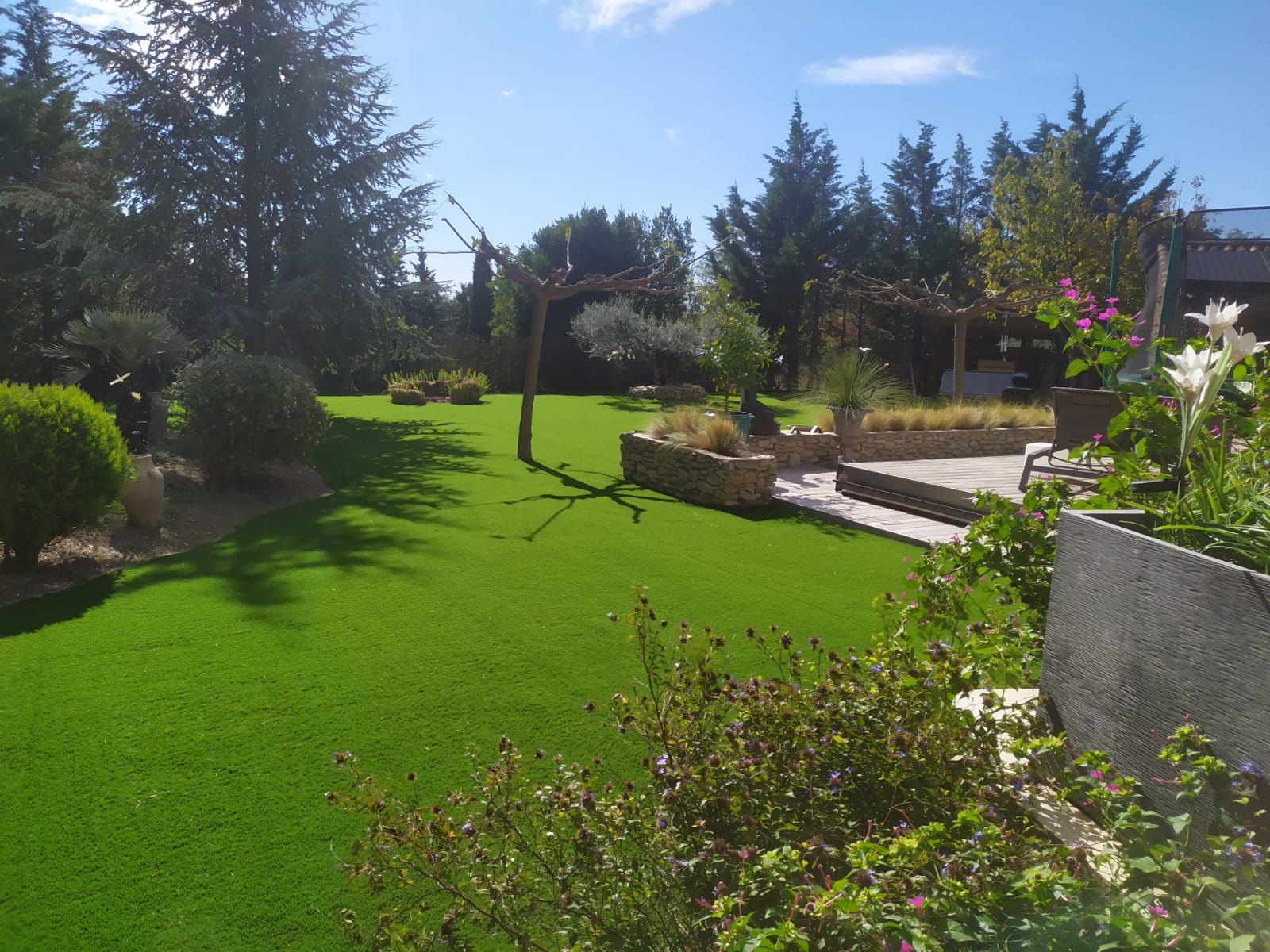How can you design an accessible garden path for wheelchair users in a UK home?

Creating an accessible garden for wheelchair users is a rewarding project that can make a big difference in the lives of people with mobility issues. A garden is a place of relaxation, beauty, and comfort; and everyone should have the opportunity to enjoy it. In the UK, designing an accessible garden path for wheelchair users involves considering many aspects including the best choice of plants, garden beds, paving, lighting, and water features. This article aims to guide you through the process, suggesting practical ways to create a wheelchair-friendly garden design in your home.
1. Planning the Garden Path
Before you start digging and planting, it’s crucial to plan the layout of your garden. A wheelchair-accessible garden should incorporate a pathway that is wide enough for a wheelchair to pass through comfortably. You have to consider the size of the wheelchair, the turning radius, and the person’s ability to manoeuvre.
A lire aussi : What are the best UK-native flowering shrubs for a low-maintenance front garden?
The pathway should be at least 36 inches wide, preferably 48 inches to allow for ample space. If the path is aimed for two wheelchair users, the width should be increased to 60 inches. The surface should be firm and stable, and avoid gravel or grass which can be difficult for wheelchair users to navigate. Consider using paving stones, concrete, or a firm decking material.
Avoid steps and prefer ramps to overcome any level changes, following the local regulations for ramp gradients. It’s also recommended to install railings alongside ramps and where the path may have a steep incline. This can provide additional support for individuals who may need it.
A lire aussi : What are the best tips for creating a hidden home office in a UK living room alcove?
Finally, the garden path should be free from overhanging plants or branches that can obstruct the passage. Clearances of 80 inches high and 36 inches wide must be maintained for the wheelchair users’ comfort.
2. Selecting Suitable Plants and Beds
The choice of plants and garden beds can greatly affect the accessibility of your garden. Raised beds are a great addition to make gardening more accessible to wheelchair users. They raise the plant level to a height that can be easily reached from a seated position.
Choose a variety of plants to create a sensory-rich environment. Consider plants with different textures, scents, colours, and even sounds as the wind rustles through the leaves. However, avoid thorny or toxic plants that could cause harm.
Also, the positioning of the plants is important. Having them at different heights will allow people in wheelchairs to access them easily. Ensure that the tallest plants are at the back of the beds or borders, with the shortest plants at the front.
3. Incorporating Water Features
Water features add a beautiful and soothing element to any garden. However, they need to be carefully designed to ensure safety and accessibility for wheelchair users.
The water feature should be raised to a comfortable height for people in wheelchairs. It should also have a ledge or a surface where people can rest their arms while enjoying the water feature. The water feature should also have safety measures like non-slip surfaces and railings.
Ensure that the water feature is easy to maintain. People in wheelchairs should be able to reach all parts of it for cleaning and filling without straining or risking a fall.
4. Optimising Outdoor Lighting
Well-planned outdoor lighting can enhance the safety and enjoyment of your garden. It should be designed to illuminate all paths and steps, highlighting any changes in level.
Use lighting to accentuate key features in your garden like beautiful plants, sculptures, or water features. However, avoid creating glare or shadows that can affect visibility.
Light switches should be positioned at a height accessible to someone in a wheelchair, typically around 900mm to 1000mm from the ground. You may also want to consider using motion sensor lights or solar-powered lights for ease of use and sustainability.
5. Making the Garden Maintenance Accessible
Finally, the maintenance of the garden should be made easy for wheelchair users. Consider installing a storage area that is accessible and equipped with appropriate gardening tools.
The irrigation system should be simple to operate, with controls placed at a suitable height. If a hose is used, it should be lightweight and easy to maneuver.
Remember, the goal of designing an accessible garden is to allow wheelchair users to enjoy the beauty and tranquility of the outdoor space in comfort and safety. With careful planning and thoughtful design, your garden will become a sanctuary for all.
6. Creative Landscaping Ideas for Wheelchair Accessibility
Exploring creative landscaping ideas can truly turn your garden into an oasis for wheelchair users. Begin with considering the main seating area; wheelchair users should easily access garden furniture, so ensure there is ample space to manoeuvre around tables and chairs.
Incorporate raised beds in your garden design; they are ideal for people with limited mobility as they bring the garden up to the gardener. The raised beds should be ideally 24 to 30 inches high and not more than 4 feet wide, allowing wheelchair users to reach the middle of the bed from either side comfortably.
Opt for artificial grass instead of natural ones. It can be much easier for a wheelchair to move on and requires less maintenance. Additionally, consider installing hanging baskets and bird feeders at a height accessible to a wheelchair user. These elements add an interactive aspect to the garden, enhancing the overall experience.
Ramp up the experience further with a sensory garden. This design focuses on plants that engage the five senses, such as brightly coloured flowers, rustling grasses, fragrant herbs, and textured foliage. A sensory garden can provide therapeutic benefits, especially for those with sensory processing issues.
It’s also worth considering installing features like picnic tables, wheelchair-friendly greenhouses, and potting sheds that contribute to making the garden a more interactive and enjoyable space for wheelchair users.
7. Building an Accessible Garden: Concluding Remarks
Designing an accessible garden is more than just about making a garden wheelchair-friendly. It is about inclusivity, enabling everyone, irrespective of their mobility level, to enjoy nature’s tranquility. From planning the garden path to selecting plants and beds, from incorporating water features to optimising outdoor lighting, and from creative landscaping to making the garden easy to maintain – every step matters.
Remember, the key to designing a garden for wheelchair users lies in understanding their needs and then incorporating elements that cater to those needs. Pay attention to the width of the paths, the type of paving material used, the height of raised beds, and the positioning of plants. Think about how to make maintenance tasks easier and consider creative ways to make the garden more engaging.
Keep in mind that while creating the perfect accessible garden might require some effort, the joy and comfort it brings to wheelchair users make it worth every bit of that effort. After all, everyone deserves to enjoy the beauty and peace that a garden brings. Happy gardening!
Image Credit: OuterSpace Creative Landscaping.
Please remember to always refer to the Sensory Trust guidelines on accessible garden design and consult with a professional when undertaking major changes to your garden.
